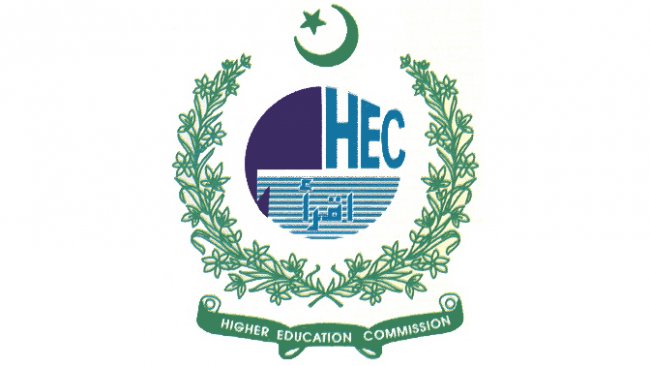The Echoes of Peace in Newspapers Editorials: A Corpus Assisted Critical Discourse Analysis of Israel Palestine Conflict
Abstract
This study focuses on the analysis of the word “peace” in the news editorials in the context of Israel-Palestine issue. It takes Aljazeera as representative of Arab media and the Washington Post, New York Times, and New York Post as representative of American media. It adopts methodological framework from corpus linguistics and critical discourse analysis. The corpus of around 6000 words from each representative media for the month of November 2023 is compiled. The word “peace” has been analysed by applying the peace discourse model of Gavriely-Nuri (2010) and the structured approach of ideological square by Van Dijk(1993) which posits that conflicting group ideologies are reflected and reproduced in language. The analysis reveals that the peace discourse in the newspaper editorials is mostly oppressive peace discourse that is promoting negative peace focusing on stable, lasting, future, and secure peace with no intention of cease-fire, focusing on the unilateral benefits, and using abstract instead of concrete language to show interest in conflict resolution and commitment to peace. Application of Van Dijk’s ideological square framework reveals that there is polarization of “self” and “other” in both the corpora strengthening that conflicting ideologies of Israel and Palestine are making it clear that peace discourse is manipulated and reflecting bias for the benefit of the dominant group. The US news editorials advocate that violent means are a legitimate pathway for a peaceful reconciliation. Hamas actions have been overwhelmingly criticised and it has been portrayed as criminal. In Al Jazeera the Israeli government is depicted as aggressive, deceitful, and colonial. Both the newspapers editorials do not mention any positive actions of the “other” group and highlight only the negative ones.







